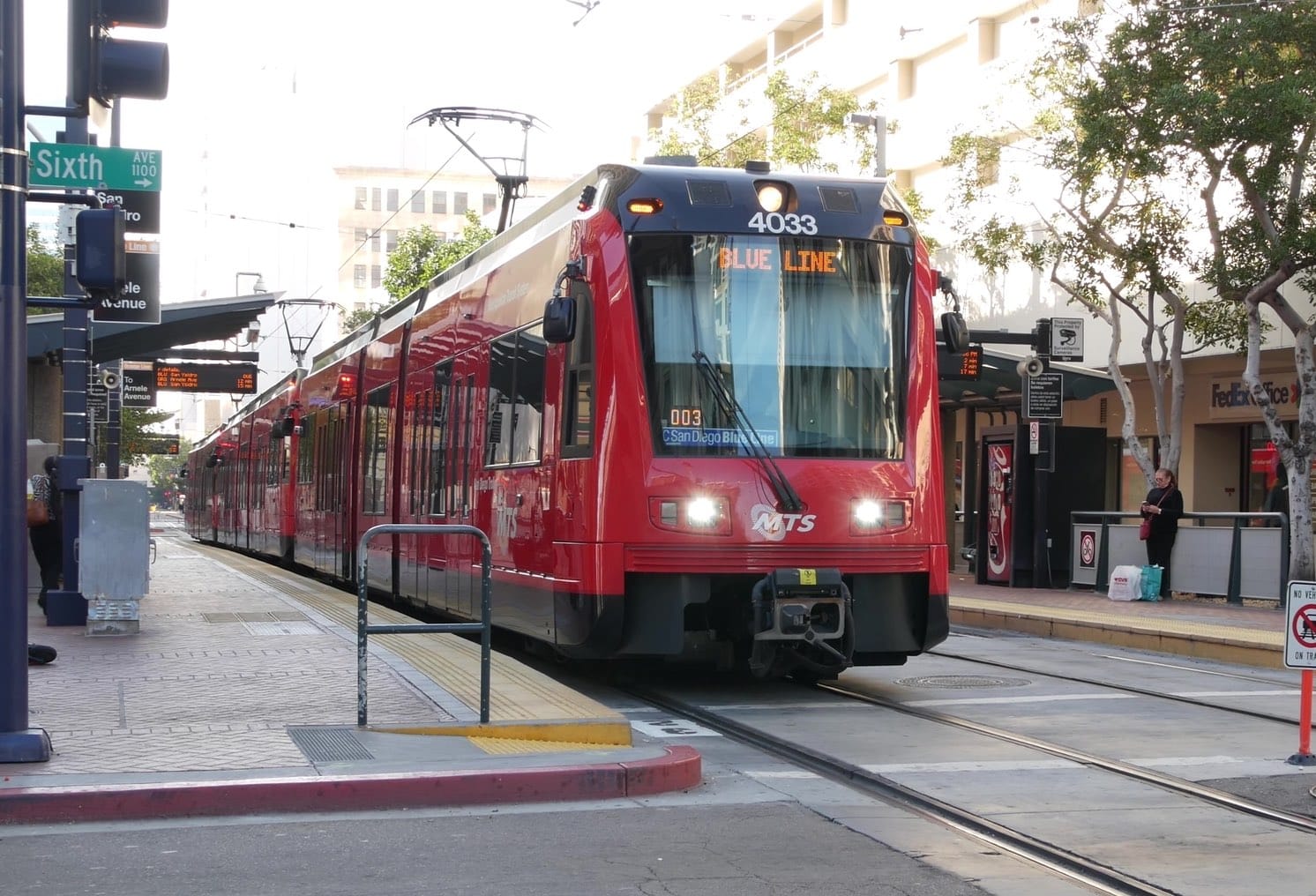
Article Highlights
The San Diego Metropolitan Transit System and a smaller affiliated transit agency are planning to introduce open-loop payments in April–deep in the heart of car-centric Southern California. MTS will offer open loop as a single-ride option to its much-used closed-loop Pronto card.
• Document: INIT Pricing for open-loop add-on
• Document: Bids in 2018 for MTS’ ABT fare system
• MTS (San Diego)
• INIT
• Cubic
• Conduent
• Scheidt & Bachmann
The San Diego Metropolitan Transit System, or MTS, and a smaller affiliated transit agency are planning to introduce open-loop payments in April–deep in the heart of car-centric Southern California.
The open-loop rollout is part of an account-based fare system, which MTS and its main vendor, Germany-based INIT, began rolling out a little less than five years ago.


















